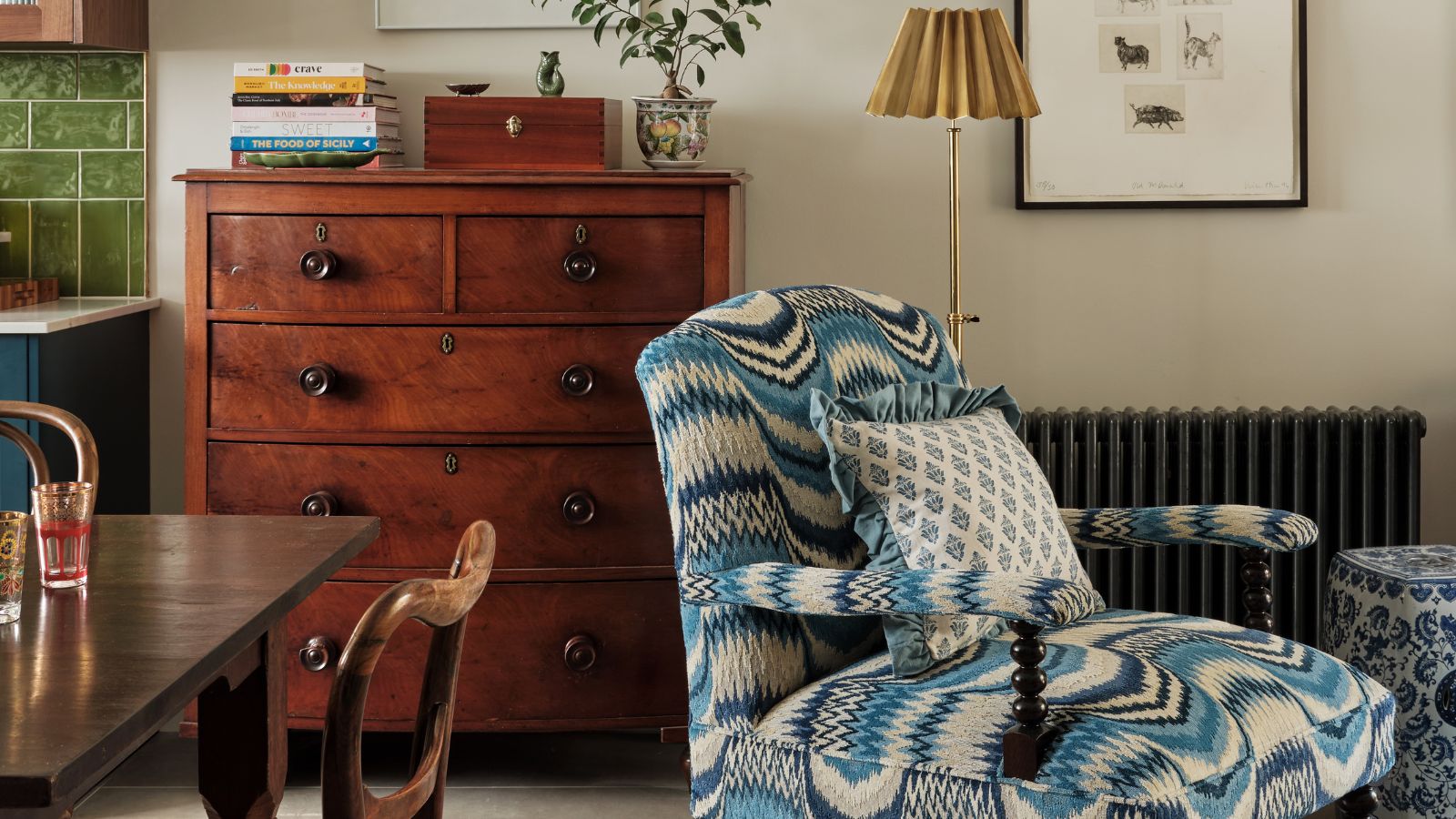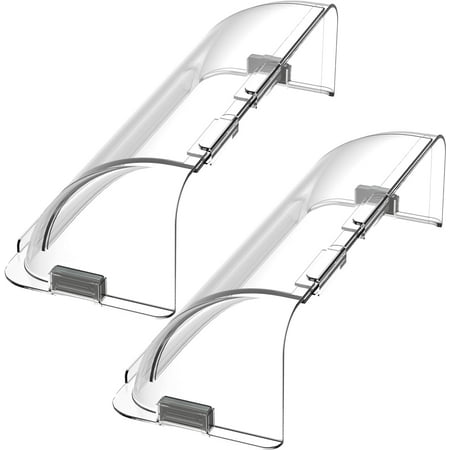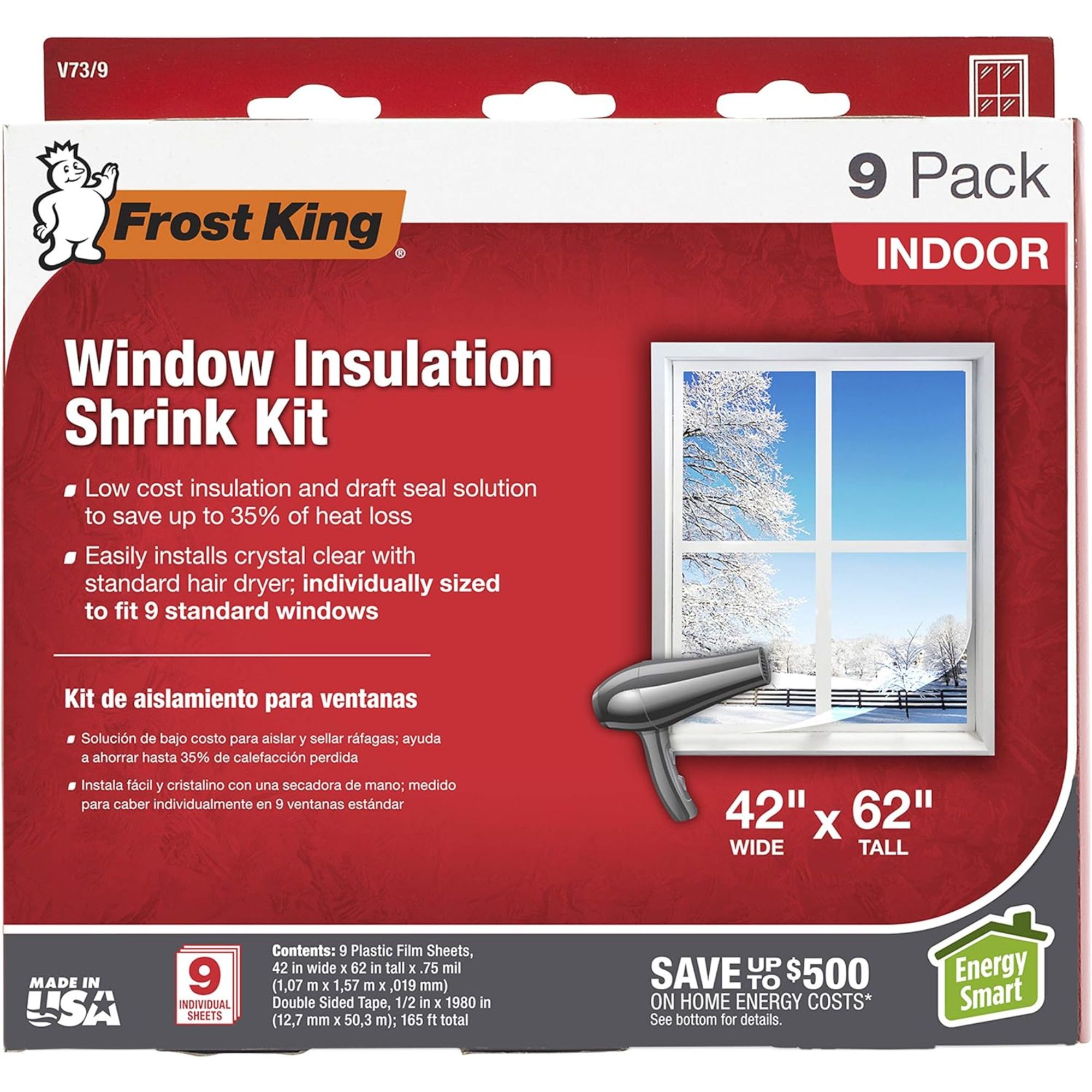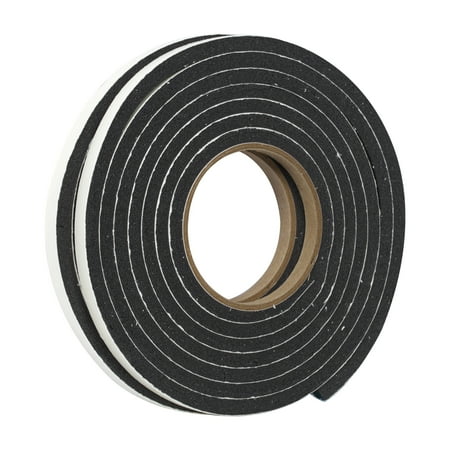Make Your Radiators Heat Up Faster With 1 Free Trick This Winter – The Clever Hack Pros Love That Cuts Heating Time in Half
Your radiators will feel hotter, too


If your radiators are slow to heat, but you have tried bleeding them and adjusting your thermostat, it might not be your heating system that's the problem, but the furniture placement nearby.
Poor air circulation results in sluggish radiator heating and a strained boiler. Luckily, it is simple and free to fix, say our experts.
Here is the simple layout trick heating pros use for radiators to heat up faster and make heating more efficient in winter without spending an extra cent.
Moving Furniture Away Will Make Your Radiators Heat Up Faster
When trying to keep a home warm without turning up the heat, clearing the area around your radiators is essential.
Phil Oliver, co-owner of Air Treatment Heating and Cooling, explains 'Radiators use convection to distribute warm air, so blocking that flow with furniture or curtains can drastically reduce their efficiency.
'If you have a radiator, I recommend keeping at least 12 to 18 inches of space between it and any large pieces of furniture, such as couches, beds, or shelving units. Maintaining this space around your radiator will produce a noticeable difference in how evenly and quickly your room heats up.'
For that reason, having a shelf over a radiator is often not a good idea, nor are radiator covers – even if they look nicer aesthetically.
Design expertise in your inbox – from inspiring decorating ideas and beautiful celebrity homes to practical gardening advice and shopping round-ups.
It isn't just furniture that impacts how quickly your radiators warm up your room, adds Scott Levene, VP at Levco. Dust can also impede heating, with thick layers making your heating system work harder and possibly being the reason why your house smells musty.
Getting rid of dust regularly is easier with a radiator duster, from Walmart, which is designed specifically to fit between those awkward radiator panels and fins. It is the best tool for cleaning behind radiators without damaging your appliance or your wall, and negates the rust and mold risk associated with the viral hack of pouring water between your radiator panels to clear debris.
Similarly, it is best to avoid leaving curtains hanging over a radiator when in use, as this traps heat and redirects it to the glass, resulting in significant heat loss. Opting for blackout roman shades from Target can be a more convenient option for window treatment ideas above radiators.

Keep the area directly around and above a radiator clear for the quickest route to efficient and speedy heating.
Putting aluminum foil behind your radiators can also help to direct airflow into your room for more efficient heating. Phil explains, 'Radiator reflector panels or heat-reflective foil [available from Amazon] on the wall behind the radiator to help reduce heat loss.
'These inexpensive panels reflect heat into the room, rather than letting it escape through the wall, which allows the space to warm up faster and helps to keep a home warm all day.'
Investing in a smart thermostat, bleeding radiators, and checking the pressure settings on your boiler can also help to boost your radiator's efforts and heat your home more quickly.
What to Shop

Radiator foil slots behind the radiator to deflect heat out into the room, rather than allowing it to be absorbed by the wall behind it. This is particularly useful for radiators on external walls, where heat loss is most profound.

Bleeding your radiators when you hear gurgling can release trapped air to boost the efficiency of your heating system.

Dust not only makes your radiators slower to heat, but can produce a musty odor, too. This long, thin duster can reach behind your radiators and between panels for a thorough clean and more efficient heating.

If you have heat vents in your home, these deflectors can send heated air into your room, rather than against the wall, helping to heat up the room more quickly.

This heat-shrink film sits flush against your window to provide another layer of insulation, minimizing heat loss through glass for cheaper energy bills without reducing light.

Adding weather stripping around windows and doors creates a tighter seal, preventing drafts and air transfer, making your home easier and cheaper to heat. This is particularly handy if your thermostat is near the front door.
Meet the Experts

Phill Oliver has over a decade of experience in the HVAC industry, and is the co-owner of Air Treatment Company, a HVAC service provider that has proudly served Virginia communities for more than 58 years.

Scott is the vice president at Levco, which is an oil and HVAC service company in Trumbull, CT. Scott has been working for the company for over 18 years, and has helped numerous clients find smart cooling solutions.
In very old heating systems, it might be necessary to drain a radiator to remove sludge and boost efficiency. If you are not a fan of messy DIY, it might be time to call a pro for this task.
In the meantime, a stylish portable heater can help you zone-heat and reduce bills whilst staying cozy and warm at home this winter.

Chiana has been at Homes & Gardens for two years and is our resident 'queen' of non-toxic living. She spends most of her time producing content for the Solved section of the website, helping readers get the most out of their homes through clever decluttering, cleaning, and tidying tips. She was named one of Fixr's top home improvement journalists in 2024.
You must confirm your public display name before commenting
Please logout and then login again, you will then be prompted to enter your display name.